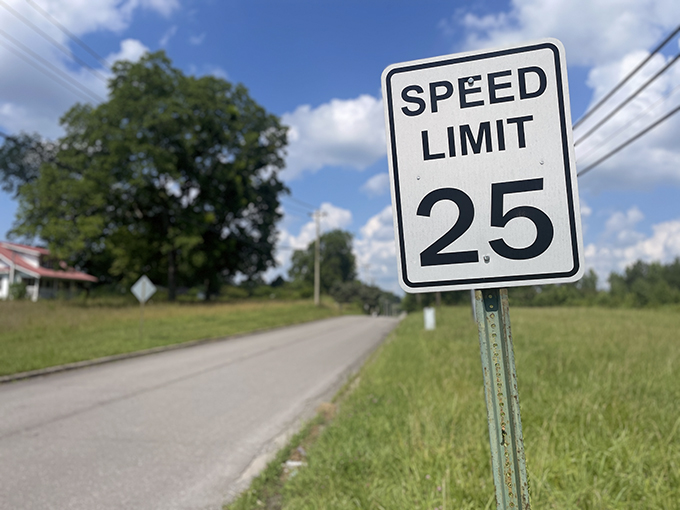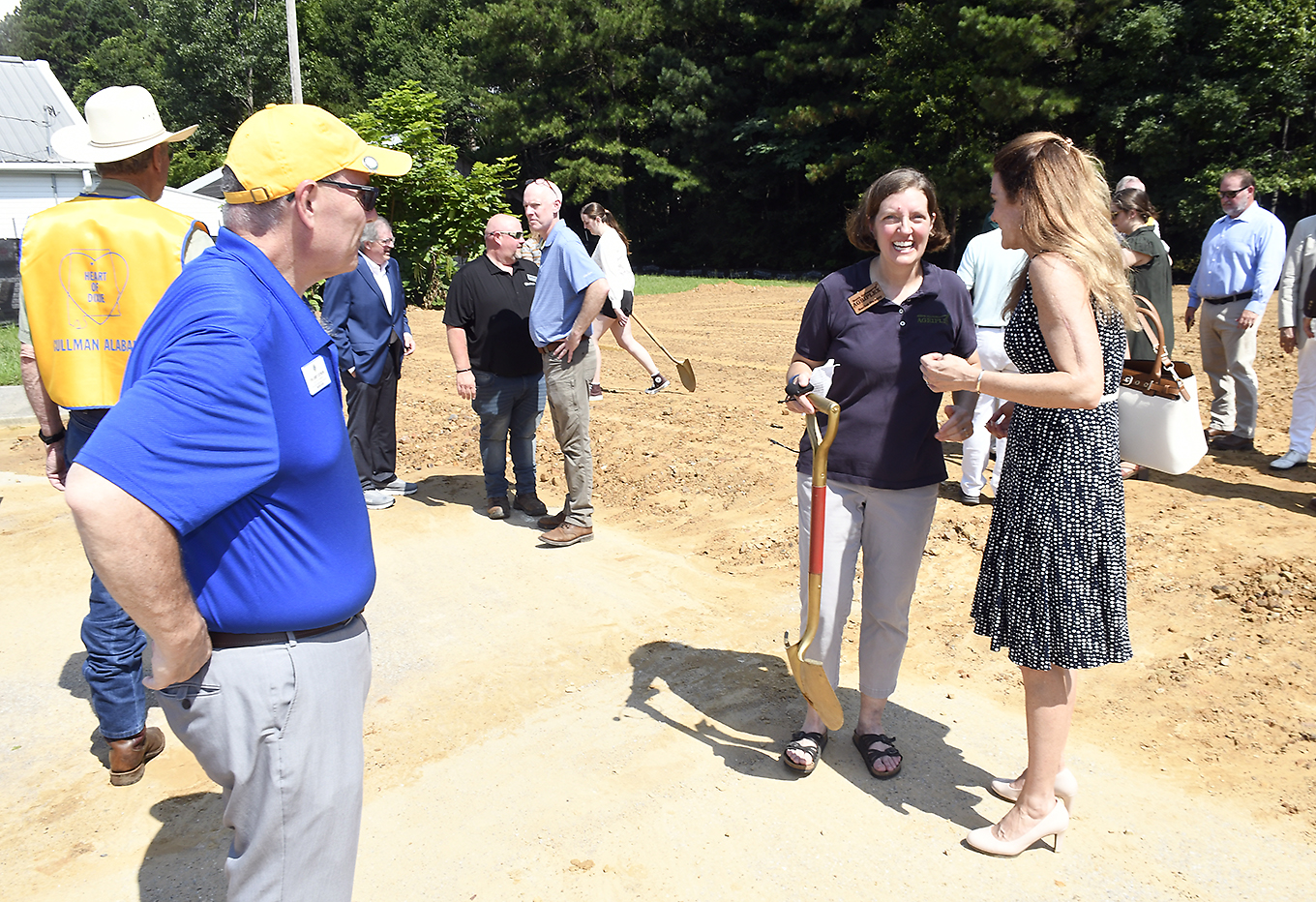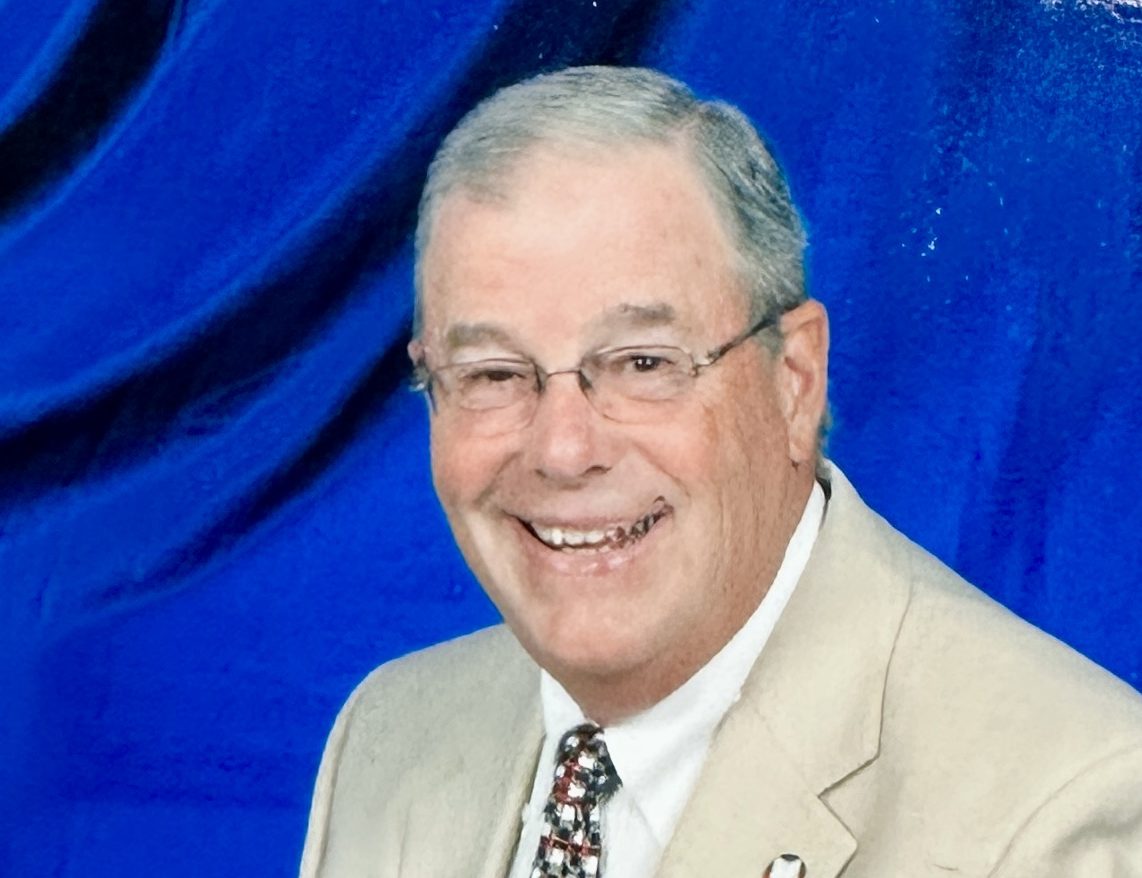‘This is my dream job’
Published 1:00 pm Sunday, May 30, 2021

- Evidence technician Michele Turner explains the drying chamber, left, Thursday afternoon at the Cullman Police Department.
More and more, science is playing a role in crime solving in policing today. Serial killer Joseph DeAngleo, also known as the Golden State Killer, for example, was caught decades after his crimes ended when forensic scientists used DNA and genealogy technology to identify him as the killer. Prior to that, DeAngelo had not been detectives’ radar as a possible suspect.
At the Cullman Police Department, evidence technician Michele Turner manages the evidence that gets sent to state labs for testing or is maintained by the department. It’s a job that requires attention to detail and careful handling.
The technology the department uses includes a drying chamber, which ensures any bloody evidence sent to the state lab is dry before being sent off to avoid cross-contamination within the lab. They also have a fumer – a machine that highlights fingerprints on evidence that officers can then lift and compare to fingerprints on file – and a metal detector for finding shell casings.
Dr. Thea D. Hall, a forensics instructor at Wallace State Community College, said forensic science is helping law enforcement by “by identifying the evidence and connecting the evidence to suspects such as fingerprints, DNA, shoe impressions, hairs, fibers, shell casings, etc.”
It’s in DNA technology that some of the greatest advancements have taken place. The science matches genetic material left behind at a scene to a specific individual. When first developed DNA matching required larger amounts of genetic material to match. Today, scientists are able to use trace amounts of DNA to identify suspects.
The Cullman Police Department was recently able to match a suspect to a crime scene using DNA left behind on a Coke can.
“DNA has also been changed by the ability to match within the nation through a database called CODIS,” said Hall. “The CODIS is linked now in all 50 states. The genetic analysis is much faster for turn around time on evidence.”
Turner said it takes the department about a year to get biological evidence back from the crime lab, and in some cases, evidence can take years to be processed.
As the custodian of the evidence, Turner goes to crime scenes with investigators. When the investigators find evidence, Turner notes who found it and where and seals it in appropriate storage containers. Officers, too, have evidence containers they carry with them and then turn over to Turner via evidence lockers at the police station.
Throughout the process, it’s important for the department to ensure the chain of custody is documented. After cases are handled by the courts, Turner maintains the evidence until it can legally be disposed of. In rape and homicide cases, evidence is kept indefinitely.
Hall said forensic technicians are used primarily in larger departments with labs, but crime scene technicians can be used in any police department.
Turner began her career with the police department as a dispatcher, and began helping manage the evidence vault about nine and half years later. She took on her current role in 2017.
“This is my dream job,” she said.
She took criminal justice classes after graduating from high school and continues taking classes on crime scene technology, along with other officers at CPD.
Hall said for people interested in a forensic science career, there are a couple routes they can take. “The difference in forensic tech and forensic science is having chemistry, math, physics,” she said. “The tech is there to process some evidence but mainly to support the forensic scientist with setting up instruments. The student can start with forensic investigation for forensic tech or forensic science. The forensic scientists work in the lab with the tech, and the crime scene tech works at the crime scene.”
Turner said one of the rewards of the job is seeing evidence from different crime scenes get connected to the person or people who committed them. “We’ll get someone tied to one crime scene who has evidence we know came from another one,” she said. “We can tie the evidence together to find the person.”





